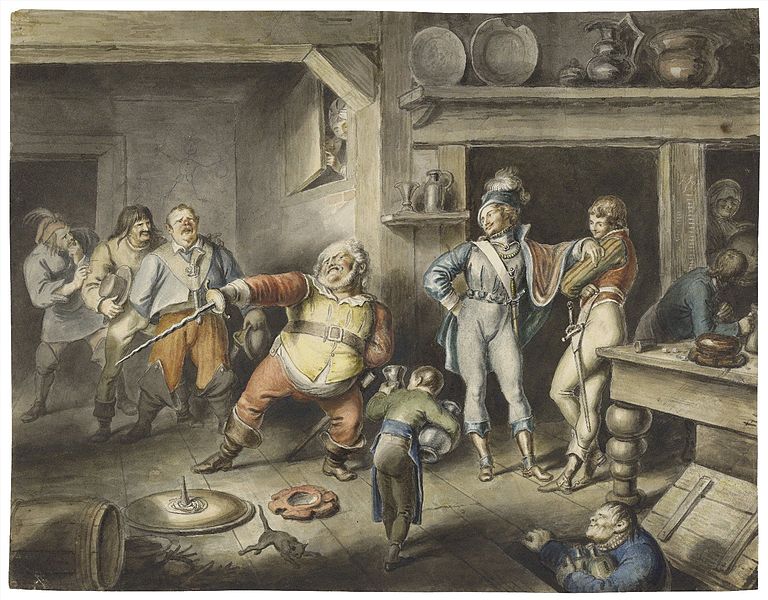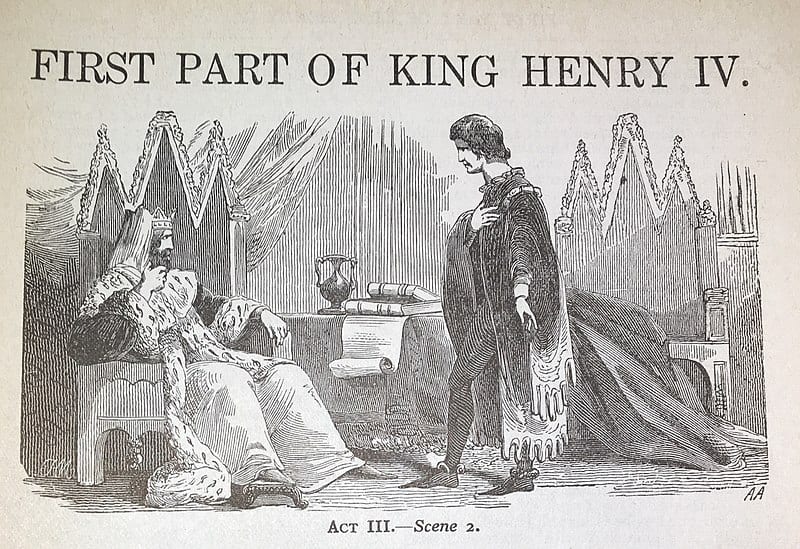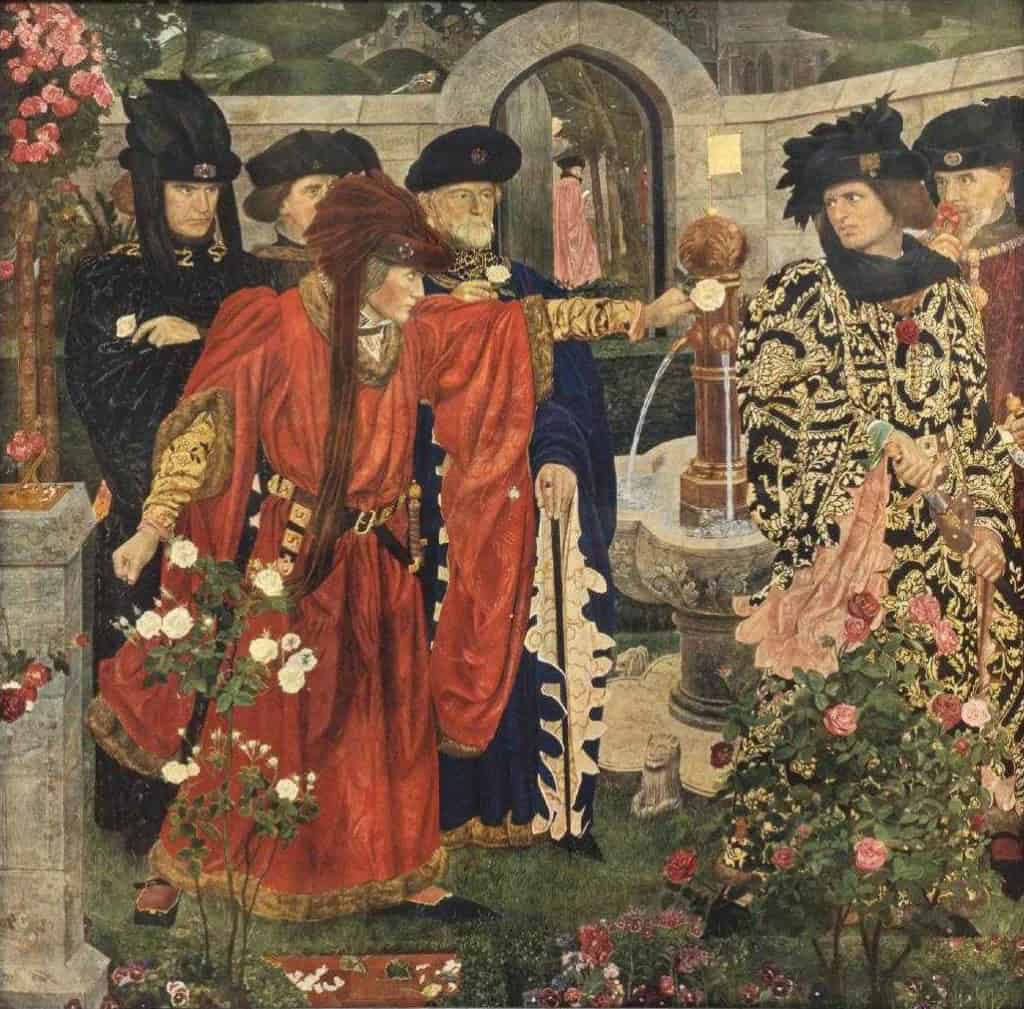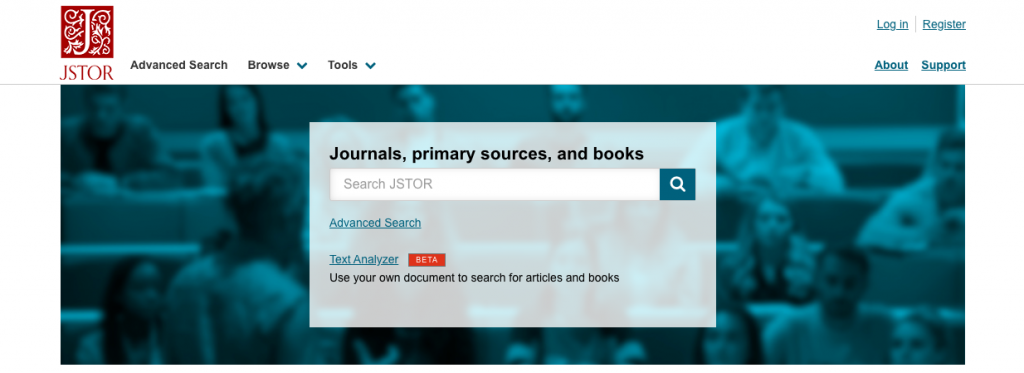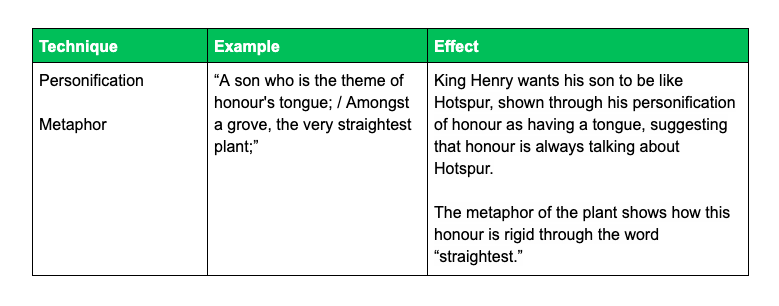Completely lost as to how to analyse King Henry IV Part 1 by Shakespeare for HSC Advanced English Module B?
Don’t sweat!
We’ve got the ultimate guide to understanding King Henry IV Part 1 and four easy steps to ace analysing it and get that Band 6!
PLUS we have a FREE downloadable Band 6 paragraph for King Henry IV Part 1 and analysed textual examples!
So, what are you waiting for? Let’s dive in!
What is King Henry IV Part 1 about?
Context of King Henry IV Part 1
Key Ideas in King Henry IV Part 1
Using Critical Quotes in Module B
How to Analyse King Henry IV Part 1 in 4 Steps
What is King Henry IV Part 1 about?
King Henry IV Part 1 starts with the King, Henry IV ( AKA Bolingbroke) planning a crusade. He is interrupted by the news that his cousin, Edmund Mortimer, was captured by Welshmen and a thousand of his people were killed.
The king refuses to ransom Mortimer, which makes Mortimer’s brother in Law, Hotspur (AKA Henry Percy or Harry) furious. He feels it is a betrayal of his family’s loyalty to the king when they helped King Henry seize the throne. Hotspur therefore spends the remainder of the play plotting to usurp King Henry.
Meanwhile, King Henry’s son, Hal (AKA Prince Harry or Harry Monmouth) wastes his days away drinking and pulling pranks in a tavern with a group of commoners including a pretty important character called Falstaff.
In the tavern, Hal gives an important speech about how his irresponsible lifestyle is a strategy to make him seem all the more glorious when he revokes this lifestyle and becomes the prince his father expects him to be.
“And like bright metal on a sullen ground,
My reformation, glittering o’er my fault,
Shall show more goodly and attract more eyes
Than that which hath no foil to set it off.
I’ll so offend, to make offence a skill;
Redeeming time when men think least I will.”– Hal
After being disciplined by his father, Hal finally decides it is time to reject his hedonistic life and become a hero.
He drafts his friends from the tavern as soldiers, and goes to battle against Hotspur’s army, who is attempting to usurp the King. Falstaff gives a speech about the meaningless of honour, and how it is not a thing worth dying for.
The play culminates with the epic battle of Shrewsbury. Hal heroically saves his fathers life and kills Hotspur, restoring his honour and becoming the prince he promised to become.
Context of King Henry IV Part 1
The story of King Henry IV plays a significant role in the civil wars that led up to the Wars of the Roses between 1455 and 1485. The Wars of the Roses were a series of wars where the house of Lancaster and the House of York fought for the throne (sounding strangely familiar, GOT fans?) through a series of bloody civil wars. The wars lasted between 1455 and 1485, leaving Shakespeare’s England with scars of a violent past.
For this reason, there was a significant fear of usurpation during the Elizabethan era. Many people have considered Shakespeare’s plays to be ‘Tudor propaganda’, arguing that King Henry IV is critiqued by Shakespeare for usurping King Richard II and creating civil unrest. The deposition scene of Richard II was even censored in Elizabethan England.
At the same time, Shakespeare was interested in the subjective human experience, creating morally ambiguous characters. These are ideas highly influenced by renaissance humanism. He was also influenced by the ideas of Machiavelli, who saw rulership not as something determined by providence, but by deception, scheming and manipulation. Ultimately, it is up to you to interpret the text. Is the play a vessel for propaganda, or is Shakespeare actually challenging dominant narratives through complex characters?
Key Ideas in King Henry IV Part 1
Here are some of the ideas present in King Henry IV Part 1.
- Honour
- Meta-theatre
- The use of language
- Legitimacy of the King
- Appearances
- Warfare
It is important in your study of Module B that you say something about these ideas, to show your personal, rich, interpretation of the text. If you need a recap of what Module B is all about, make sure you check out this article here!
For example, rather than talking about the theme of “the use of language”, talk about how “Shakespeare shows that language can be used to manipulate others and is a powerful tool for gaining power.”
Using Critical Quotes in Module B
Literary critics have argued over the meaning of King Henry IV Part 1 for centuries. An important part of Module B is showing your personal interpretation of the text. One great way to do this is to position your argument against other critics who have thought about the text in the past.
There are two key ways to use critic quotes in a Module B essay.
Using a quote to back up your argument
This is useful for a couple of reasons. Firstly, it shows your marker that your interpretation is not insane, and published academics have come to the same conclusion. Secondly, it shows that you have researched your text thoroughly, and you are engaging with a critical conversation about the play.
Using a quote that contrasts your argument
It is important to use critical quotes in this way because it shows that you have a personal interpretation of the text which is different to the interpretation others have made. Band 6 Advanced Module B essays will demonstrate nuance in their disagreement with critic quote and may not disagree with every part of it. This shows that perspective is unique, and they have thought critically for themselves.
The best Advanced Module B essays will use critical quotes both to back up their argument, and to contrast it. Also keep in mind that strong responses will use a mixture of directly quoting and paraphrasing critical perspectives.
Where to Find Critical Quotes
There is a bit of confusion surrounding what a critical quote is. You can’t just quote any smart-sounding-person on the internet! You can only use critical quotes from peer-reviewed journals and books.
One of the best places to find critical quotes is JSTOR. JSTOR is a database where you can search for peer reviewed journals and books. You will need library access to use JSTOR. Check with your school librarian to see if your school has access, and if it does not, you can apply for a State Library card here, which will give you access.
Another great free source of critical essays, journal articles and books is Google Scholar. Note that some articles on google scholar cost money, but other articles can be downloaded as a PDF.
To find the critical quote below, we did a search for “Honour King Henry IV Part 1″ in JSTOR and in The University of Sydney Library Database. It is a good idea to add the theme you are looking for into your search!
Critical Perspectives for King Henry IV Part 1
When you’re looking for critical quotes, you don’t want to use any old quote. It is important for find quotes that are relevant to your argument. Since the paragraph we have written is about the perspectives on honour, the quote we have found deals with this theme:
MH Wikander argues that his scheming, conniving nature in this speech means that “we may feel ourselves caught short by this description of Hal’s strategy, because it suggests an element of fraud.”
This provides one perspective on how audiences might respond to Hal’s actions throughout the play.
You will notice how we have used both paraphrase and quotation in the example above. This is a crucial skill as it shows that you have understood the article. It also shows a capacity to elegantly integrate a quotation into a sentence.
How to Analyse King Henry IV Part 1 in 4 Steps
In this section, we are going to analyse the theme of honour in King Henry IV. We will focus specifically on how Shakespeare presents the audience with radically different views on honour. This makes the audience question the authenticity of honour, and whether honour is merely performative.
Step 1: Choose your example
For this paragraph, rather than give three examples of honour, we are going to make each of our points build on each other by providing multiple perspectives on honour in the text.
That’s why we’ve chosen the quote below:
“A son who is the theme of honour’s tongue;
Amongst a grove, the very straightest plant;”
– King Henry IV
Step 2: Identify techniques
When trying to find a technique within your example, it’s not about finding the fanciest technique or just any old technique for that matter!
It’s about identifying a technique which will enable you to say something about your idea that’s interesting and can contribute to your argument and analysis. You can even point out multiple techniques in a quote, so long as they each further your argument!
For the above quote, we have identified the techniques personification and metaphor.
Step 3: Carry out your analysis
There are two things to ask yourself when you are writing analysis
- Have I shown the effect of my technique and linked it to the idea?
- Have I progressed my argument in some way?
Good analysis involves using a technique to say something in addition to what the quote says.
Bad analysis is using a technique to restate what happened in the quote.
Bad analysis sounds something like this: “Therefore [technique] shows [your idea]”, without going into any real depth.
For the example above we have given the following analysis:
The play begins with King Henry’s yearning to have “A son who is the theme of honour’s tongue” just as Hotspur is, personifying honour and making Hotspur its paragon. He uses a second metaphor, showing the rigidity of this honour, stating, “Amongst a grove, the very straightest plant.”
You’ll notice that we have broken this quote up into two parts in our analysis. This is an effective way to deeply analyse the techniques without repeating yourself. In the above analysis, we have shown the effect of both techniques in order to demonstrate one perspective of honour in the play.
Now, let’s organise our analysis by placing it in a TEE table like below!
What’s a TEE table?
The TEE in TEE table stands for Technique, Example and Effect. They’re a great tool you can use to analyse your text.
All you have to do is include your pieces of evidence under ‘example’ then identify the technique in the ‘technique’ column and carry out your analysis.
If you’re analysing a few themes, it’s a good idea to have a separate TEE table per theme. For example, for King Henry IV Part 1 you may want to keep all your pieces of evidence that relate to honour in one table.
For more info on what a TEE table is and how to use one to boost your analysis of an HSC text, check out this article here!
Step 4: Link to the question
Finally, it is important to establish that we do not recommend fully memorising an essay paragraph like this to go into your exam. Your analysis, examples and ideas will always change based on the essay question.
However, it is helpful to have paragraph plans like this one which you can use to answer an essay question if the ideas fit.
After you have written your analysis, it is useful to include the key words of the question to show that your essay is coherent! Although, remember not to be too repetitive. If you have already answered the question in your topic sentence, any link back to your topic sentence will be by default answering the question!
Plus, you can download our analysed examples and Band 6 exemplar paragraph for King Henry IV Part 1 Below!
Need more help with your King Henry IV Part 1 analysis?
We have an incredible team of HSC English tutors and mentors!
We can help you master King Henry IV Part 1 and ace your upcoming HSC English assessments with personalised lessons conducted one-on-one in your home or at our state of the art campus in Hornsby!
We’ve supported over 5,000 students over the last 10 years, and on average our students score mark improvements of over 19%!
To find out more and get started with an inspirational HSC English tutor and mentor, get in touch today or give us a ring on 1300 267 888!
Brooklyn Arnot has a Bachelor of Arts majoring in English Literature with Honours at the University of Sydney. She scored an HD average and has even received the Dean’s award for excellence! Brooklyn teaches our English classes at Art of Smart and has over 5 years of experience supporting Year 11 and 12 students throughout their HSC. She’s also a new Syllabus expert and studied 4U English in high school.

